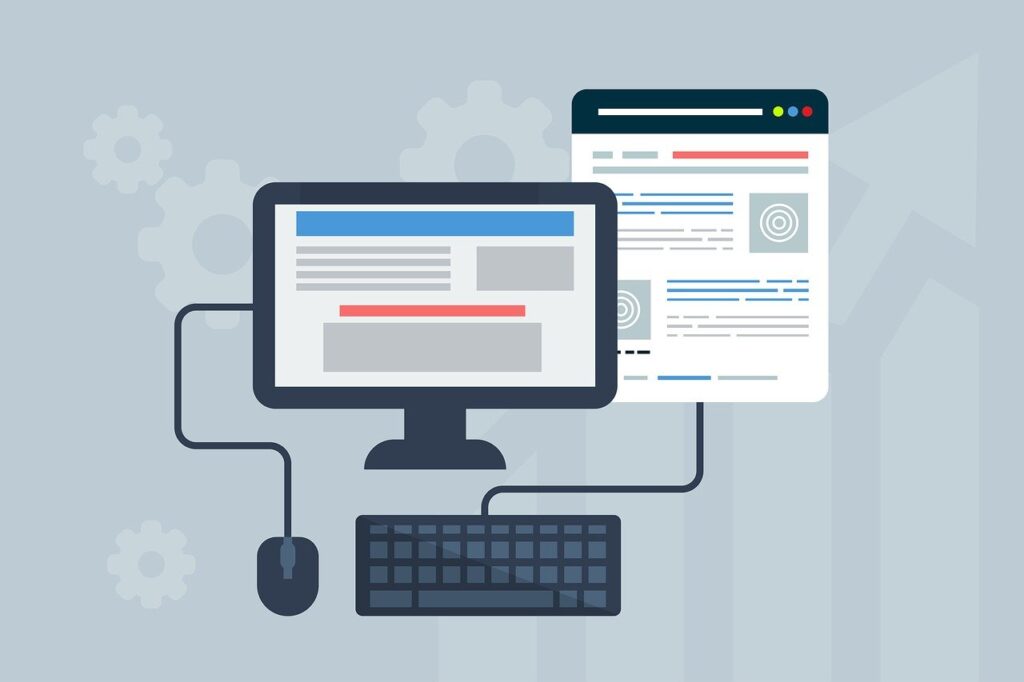Introduction
In today’s digital world, mobile applications have become an essential part of our daily lives. From social media and e-commerce to education and healthcare, mobile apps make everything more accessible and convenient. If you are looking to develop an app, whether for business or personal use, understanding the app development process is crucial. This article will guide you through the steps, technologies, and best practices for creating a successful mobile app.
What is App Development?
App development is the process of designing, building, and launching software applications for mobile devices such as smartphones and tablets. These applications can be created for various platforms, including Android, iOS, and cross-platform environments.
Types of Mobile Apps
There are three main types of mobile applications:
- Native Apps – Built specifically for one platform (Android or iOS) using platform-specific languages like Swift (iOS) and Kotlin (Android).
- Web Apps – Mobile-optimized websites that function like an app but run on web browsers instead of being installed on a device.
- Hybrid Apps – A combination of native and web apps, built using frameworks like React Native or Flutter, allowing them to work on multiple platforms.
The App Development Process
1. Idea and Market Research
Before developing an app, it’s important to define the purpose and target audience. Conduct market research to understand:
- What problems your app will solve.
- Who your competitors are and what they offer.
- The demand and potential user base for your app.
2. Planning and Wireframing
Once you have a clear idea, the next step is to create a blueprint of your app’s design and features. Wireframing involves sketching the app’s layout, including navigation and user interface (UI) design.
3. Choosing the Right Technology
Selecting the right technology stack is crucial for smooth app performance. Some popular frameworks and programming languages include:
- For Android: Kotlin, Java
- For iOS: Swift, Objective-C
- For Cross-Platform: React Native, Flutter, Xamarin
4. Development Phase
This phase includes front-end and back-end development.
- Front-end development focuses on the user interface and experience.
- Back-end development handles databases, APIs, and server-side logic.
5. Testing and Quality Assurance
Before launching, the app must be tested for bugs, security vulnerabilities, and usability issues. Various testing methods include:
- Unit Testing (checking individual components)
- User Testing (gathering feedback from potential users)
- Performance Testing (ensuring speed and efficiency)
6. Deployment and Launch
After testing, the app is submitted to the Google Play Store (for Android) or Apple App Store (for iOS). The approval process may take a few days to weeks, depending on platform guidelines.
7. Post-Launch Maintenance and Updates
Once the app is live, continuous monitoring is necessary to fix bugs, improve performance, and update features based on user feedback.
Best Practices for App Development
- Focus on User Experience (UX): A user-friendly interface enhances engagement and retention.
- Optimize Performance: Reduce app loading time and memory usage.
- Ensure Security: Protect user data with encryption and secure coding practices.
- Monetization Strategy: Decide whether your app will be free, paid, or have in-app purchases.
- Regular Updates: Keep updating the app with new features and security patches.
Conclusion
App development is a structured process that requires careful planning, execution, and maintenance. Whether you’re a beginner or an experienced developer, understanding the key steps and best practices can help you build a successful app. With the right approach and technology, your app can make a significant impact in today’s mobile-first world.





